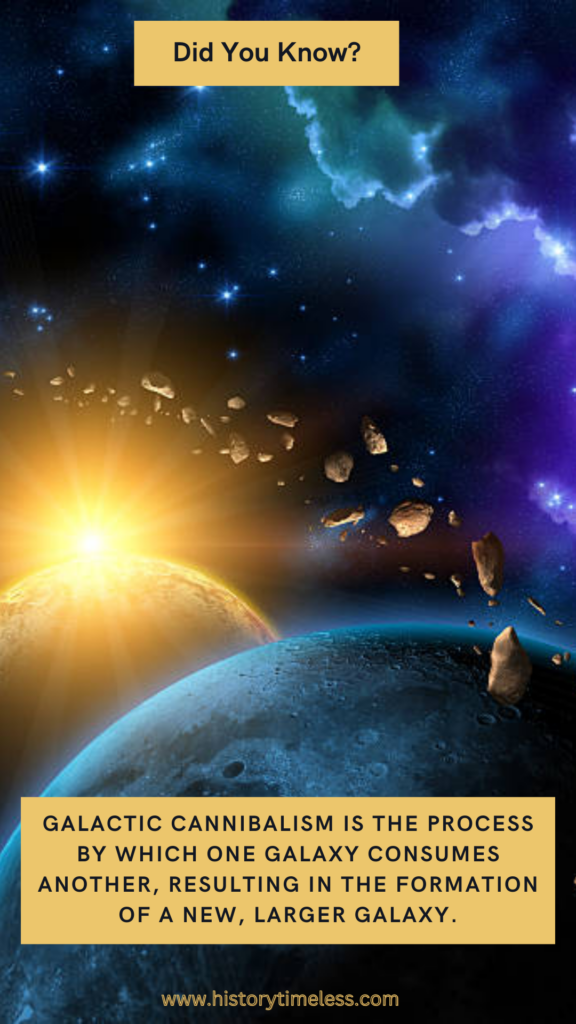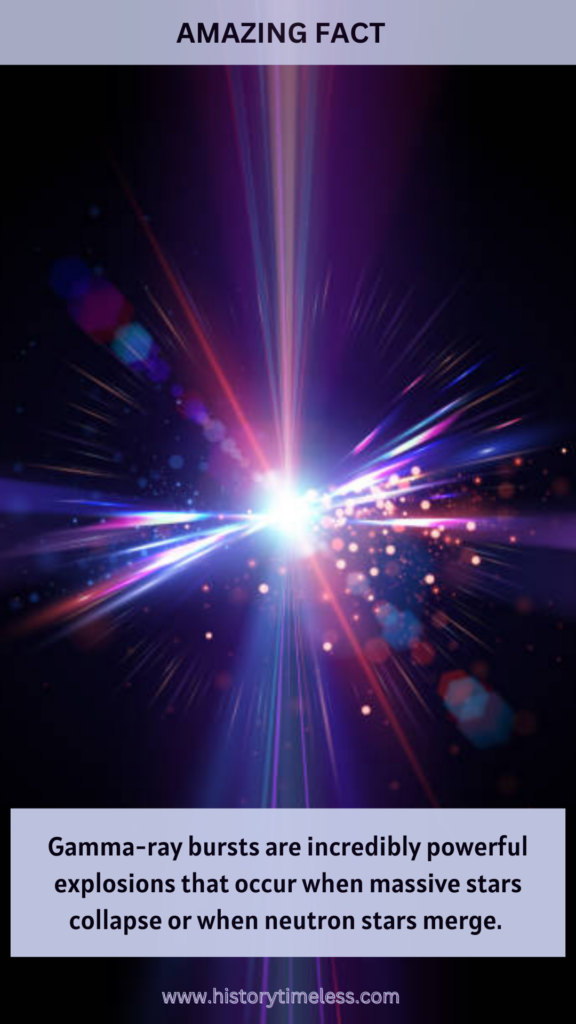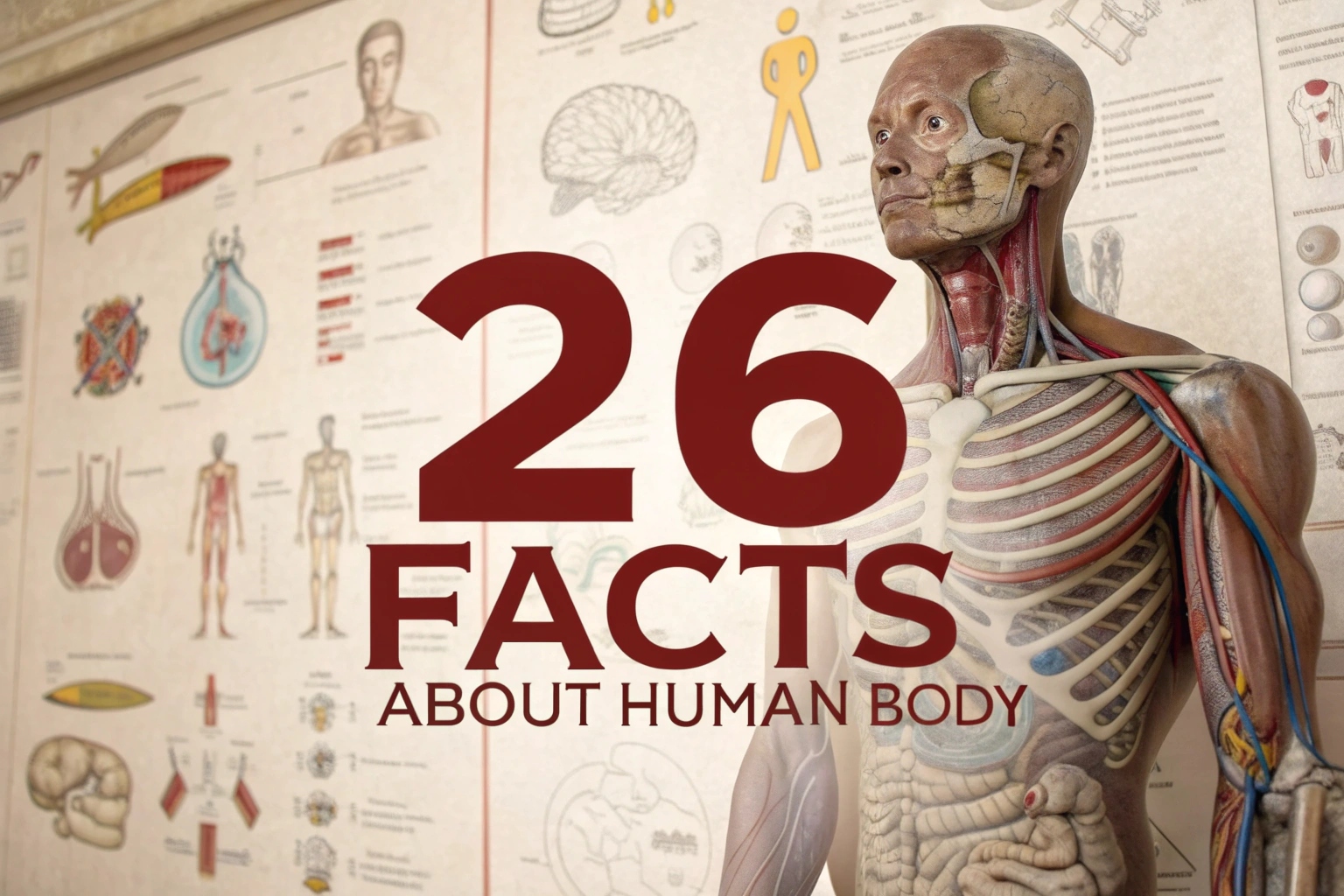Space, the final frontier, is full of mysteries and wonders that continue to fascinate and awe us. From the majestic swirl of galaxy clusters to the eerie silence of a black hole, the universe is a complex and intricate tapestry waiting to be explored and understood. In this blog, we’ll delve into some of the most astonishing facts about space that will leave you starstruck and eager for more.
1. Universe Expansion
The universe expansion is the observation that the universe is still expanding, with most galaxies moving away from each other. This expansion is thought to have begun during the Big Bang and is still accelerating today, driven by the mysterious force of dark energy.
2. Kuiper Belt
The Kuiper Belt is a region of the solar system that contains a large number of small, icy bodies, including dwarf planets and comets.
This belt is thought to be a reservoir for short-period comets and can provide valuable insights into the formation and evolution of the solar system.
3. Fastest Moving Object
The fastest-moving object in the universe is a type of star called a pulsar, which can reach speeds of up to 90% of the speed of light.
Pulsars are incredibly dense objects that are formed when a massive star collapses in on itself, causing it to spin rapidly and emit intense beams of radiation.
4. Galactic Cannibalism

Galactic cannibalism is the process by which one galaxy consumes another, resulting in the formation of a new, larger galaxy. This process can trigger the formation of new stars and can even lead to the creation of black holes.
5. Exoplanet Atmospheres
Exoplanet atmospheres are the layers of gas that surround planets outside of our solar system. These atmospheres can provide valuable insights into the composition and potential habitability of exoplanets, and can even be used to search for signs of life.
6. Cosmic Strings
Cosmic strings are hypothetical topological defects that are thought to have formed in the early universe. These strings are incredibly dense and can produce a range of fascinating effects, including gravitational lensing and cosmic rays.
7. Mars Geology
Mars geology is the study of the planet’s surface features, including volcanoes, canyons, and impact craters. This study has revealed a fascinating history of water and volcanic activity on Mars and has even provided evidence of past habitability.
8. Quasar Ultra-Luminous
Quasars are incredibly bright objects that are thought to be powered by supermassive black holes at the centers of galaxies. The most luminous quasar, ULAS J1342+0928, is about 1,000 times more luminous than the Milky Way and is located about 13 billion light-years away.
9. Black Hole Binaries
Black hole binaries are systems in which two black holes orbit each other, producing a range of fascinating effects, including gravitational waves and gamma-ray bursts.
These systems can provide valuable insights into the behavior of black holes and the formation of gravitational waves.
10. Stellar Nurseries
Stellar nurseries are the regions of space where new stars are born, including giant molecular clouds and nebulae. These nurseries can provide valuable insights into the process of star formation and can even be used to search for signs of life.
11. Comet Tails
Comet tails are the streams of gas and dust that flow away from comets as they approach the sun. These tails can be millions of kilometers long and can provide valuable insights into the composition and structure of comets.
12. Space Weather
Space weather refers to the dynamic and variable conditions in the space environment, including solar winds, radiation storms, and geomagnetic disturbances.
This weather can have a significant impact on both Earth’s magnetic field and the operation of satellites and other space-based technologies.
13. The Great Attractor
The Great Attractor is a region of space that is pulling our galaxy, the Milky Way, and many others towards it.
This phenomenon was discovered in the 1970s and is thought to be a large, unseen mass that is exerting a gravitational force on the surrounding galaxies.
14. Gamma-Ray Bursts
Gamma-ray bursts are incredibly powerful explosions that occur when massive stars collapse or when neutron stars merge.

These bursts can release an enormous amount of energy and can be seen from millions of light-years away.
15. Cosmic Microwave Background
The cosmic microwave background is the residual heat from the Big Bang, which is detectable in the form of microwave radiation that fills the universe.
This radiation is a key piece of evidence for the Big Bang theory and provides valuable insights into the early universe.
16. Nebulae
Nebulae are vast, interstellar clouds of gas and dust that can give birth to new stars. These clouds can take on a range of shapes and forms, from the swirling vortex of a spiral galaxy to the delicate filaments of a supernova remnant.
17. Dark Matter
Dark matter is a mysterious substance that makes up about 27% of the universe, yet it has never been directly observed.
Dark matter is thought to be composed of exotic particles that interact with normal matter only through gravity, making it incredibly difficult to detect.
18. Largest Galaxy
The largest galaxy in the universe is IC 1101, which is estimated to be around 6 million light-years across. This massive galaxy is thought to have formed from the merger of several smaller galaxies and is located about 1 billion light-years away from us.
19. Most Distant Object
The most distant object that can be seen from Earth is GN-z11, a galaxy that is about 13.4 billion light-years away. This galaxy is seen as it existed just 400 million years after the Big Bang, providing valuable insights into the early universe.
20. Largest Black Hole
The largest black hole in the universe is thought to be TON 618, which has a mass of approximately 6.6 billion times that of the sun. This massive black hole is located about 10.4 billion light-years away from us and is one of the most distant objects that can be seen from Earth.
21. Gravitational Waves
Gravitational waves are ripples in the space-time continuum that are produced by massive, accelerating objects such as black holes or neutron stars.
The detection of gravitational waves in 2015 confirmed a key prediction made by Einstein and opened a new window into the universe.
22. Space-Time Continuum
The space-time continuum is a fundamental concept in physics that describes the fabric of the universe as a unified, four-dimensional entity.
This concept was first proposed by Albert Einstein and has been extensively tested and confirmed through numerous experiments.
23. Star Formation
Star formation is the process by which new stars are born from giant molecular clouds of gas and dust. This process is thought to occur in a variety of environments, including galaxies, nebulae, and even the interstellar medium.
24. Solar Winds
Solar winds are streams of charged particles that flow away from the sun at incredible speeds. These winds can interact with the magnetic fields of planets and even influence the formation of aurorae.
25. Galaxy Collisions
Galaxy collisions are events in which two or more galaxies collide and merge to form a new, larger galaxy. These collisions can trigger the formation of new stars and can even lead to the creation of black holes.
Explore Additional Captivating Insights:
30 Shocking Atomic Bomb Facts You Need to Know!
25 Fascinating Facts About the Moon You’ll Love
26 Crazy Snake Facts That’ll Leave You Speechless!





